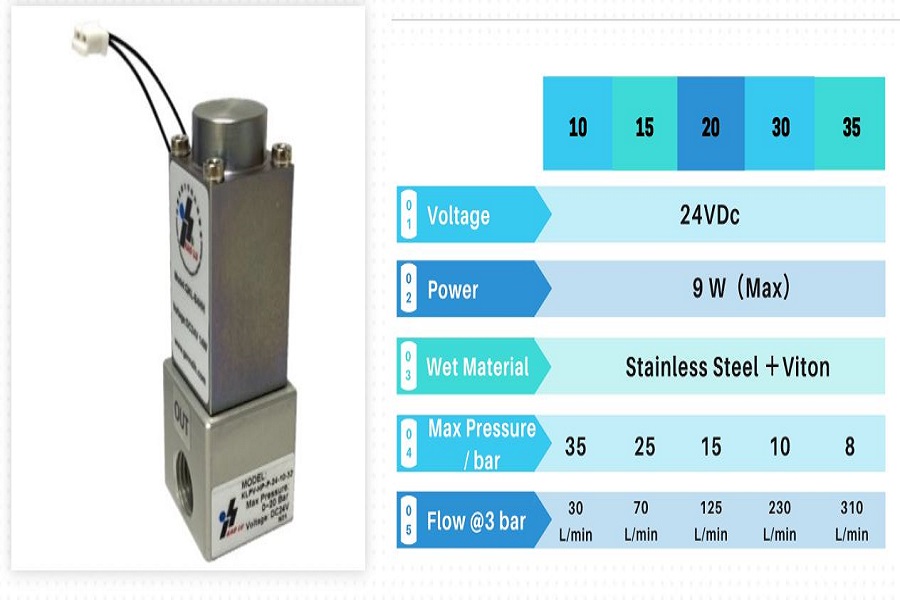The solenoid valve is an electromechanically controlled valve for auto functioning. You need no engineers to operate the solenoid operated pinch valve. These valves are used where the flow of the media is controlled automatically. An increasing number of plants are taking advantage of the solenoid valves and their automation. You can choose from a variety of designs for the solenoid pinch valve.
It is essential to maintain the pressure inside the reaction chamber. The conventional pinch pneumatic valve can cause a leakage of chemicals during the chemical reaction. The solenoid operated pinch valves automatically open and close and hence are specially designed to control the flow of the liquid. When you are using these automatic electric pinch valves, then you can precisely control the flow of the material.
Here, we are discussing the construction of the solenoid valve:
Structure of the Proportional Solenoid Valve:
It is electrically energized and de-energized by the electrical current. You can control the flow of the liquid by automated closing and release of the flow of liquids.
The major parts of solenoid valves are as follows:
A Solenoid Coil:
An electric coil with a moving ferromagnetic core at the center, the coil in the proportional solenoid valve is used to produce the magnetism for the rotation. The magnetized coil revolves around the plunger and sends signals about when to open or close the valves.
Iron Plunger:
The iron plunger moves through the electric coil, and the resulting magnetic field keeps the iron plunger in the middle of the coil. When the coil is energized it pushed the iron plunger in the middle of the coil controls the flow of the liquid. A spring is used to return the iron plunger back to its original position. The spring controls the inward movement of the iron plunger
Working of the solenoid valves:
The operation of a solenoid valve involves the opening and closing of the small orifice. There are two steps in the working of the solid valves.
The Closing of the Small Orifice:
When the iron plunger is at the rest position in the proportional solenoid valve, then it closes the small orifice. At this point, the flow of inward and outward movement has been stopped by the valves.
The Opening of the Small Orifice:
When the electrical plus passes the coil of the solid valves creates a magnetic field. The resultant magnetic field places the force on the iron plunger and the iron plunger moves.
When the iron plunger moves it is pulled toward the center of the coil and the small orifice opens. This control the flow of the inward movement or flow of the liquid inside the valves.
Conclusion:
The automatic solenoid valve is used for the precise flow of the liquid. You need no operating person, as the valves are going to work without any external help. This increase the efficiency of the plants as you are able to release the precise amount of the liquid at a certain time.

